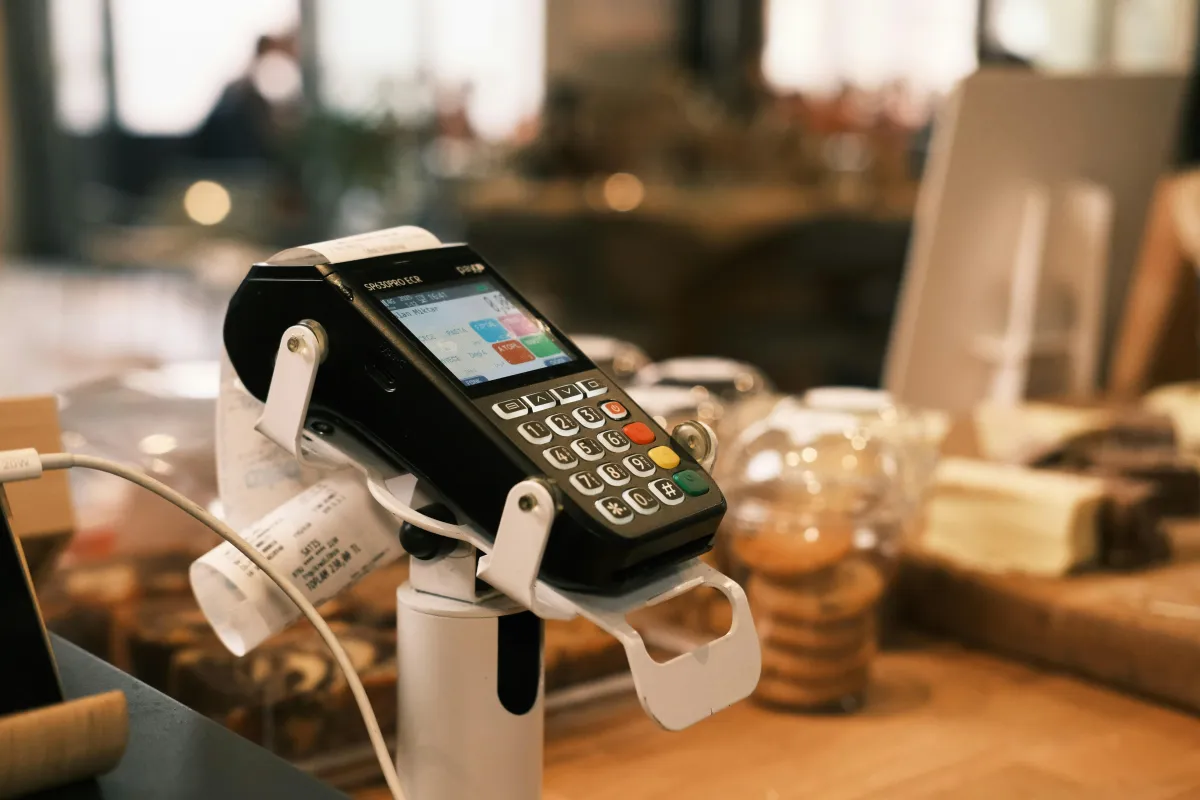
Caught in the Chaos? Receipt Management Tips for Busy Service-Based Business Owners
If you're a busy service-based business owner, chances are receipts are not at the top of your priority list. Between managing clients, delivering services, marketing your business, and keeping up with your family life—you barely have time to sit down, let alone sort through a pile of crumpled receipts.
But here’s the truth: falling behind on your receipt management can hurt your bottom line and put your business at risk come tax time.
So let’s talk about why managing receipts matters, how it impacts your tax compliance, and some realistic ways to get back on track—even if you’re already behind.
Why Receipt Management is More Than Just Busywork
Receipts aren’t just scraps of paper—they’re proof. The IRS wants to see documentation for the business expenses you claim on your tax return ($75 or more), and if you can’t show it, they can disallow the deduction. That means:
Paying more in taxes than you should
Facing penalties or interest during an audit
Stressing over missing records when you already have enough on your plate
And let’s be honest: that last-minute scramble in April to hunt down receipts in email inboxes, glove compartments, and purse bottoms? Not fun. Not efficient.
5 Realistic Receipt Management Tips (That Even the Busiest Business Owner Can Use)
If you're behind on your receipt tracking, don’t beat yourself up. Let’s focus on simple, doable steps to help you move forward:
1. Start With This Month—Not Last Year
If you're overwhelmed, forget trying to clean up the entire past year right now. Start with the current month. Moving forward is progress. You can always catch up little by little.
Pro tip: Block 20–30 minutes on your calendar once a week as “money time” to review receipts and expenses.
2. Use Receipt-Tracking Apps to Work Smarter
Apps like QuickBooks Online, Dext, or Hubdoc let you snap a photo of a receipt right after you make a purchase—no more saving paper receipts in your car or wallet. These tools auto-organize receipts and connect to your bookkeeping system.
It's like having a virtual assistant for your receipts.
3. Email Receipts? Create a Receipt-Only Inbox
Set up a folder or a dedicated email address (like receipts@yourbusiness.com) and forward digital receipts there. That way, you're not digging through personal messages or promotional emails trying to find that one Uber or Canva invoice.
4. Keep a “Catch-All” Envelope in Your Bag or Car
Not everything is digital. For receipts on the go (coffee meetings, office supplies, etc.), use a simple envelope or pouch to collect paper receipts until you can snap a photo or upload them.
5. Get Help—It’s Okay to Delegate
You don’t have to do it all. Consider working with a bookkeeping expert (hey there! 👋🏾) who can set up systems to manage your receipts and keep your books audit-ready. You focus on serving your clients—we’ll handle the paper trail.
Here’s the Bottom Line
You didn’t start your business to become a part-time receipt manager. But staying organized is part of staying in control. With the right tools and habits (and a little support), you can stop falling behind, stay tax compliant, and actually feel confident at tax time.
And if you've already fallen behind? That's okay. Start where you are. Start now.
Need help getting caught up and creating a system that fits your life and your business?
At Clever Bookkeeping Services, LLC, I help overwhelmed solopreneurs take control of their books—without adding more stress to their plate. Let's get your receipts in order so you can stop worrying and get back to doing what you love.
Ready to clean up the chaos? Let’s chat!
Contact us today to learn how we can help your business thrive!



